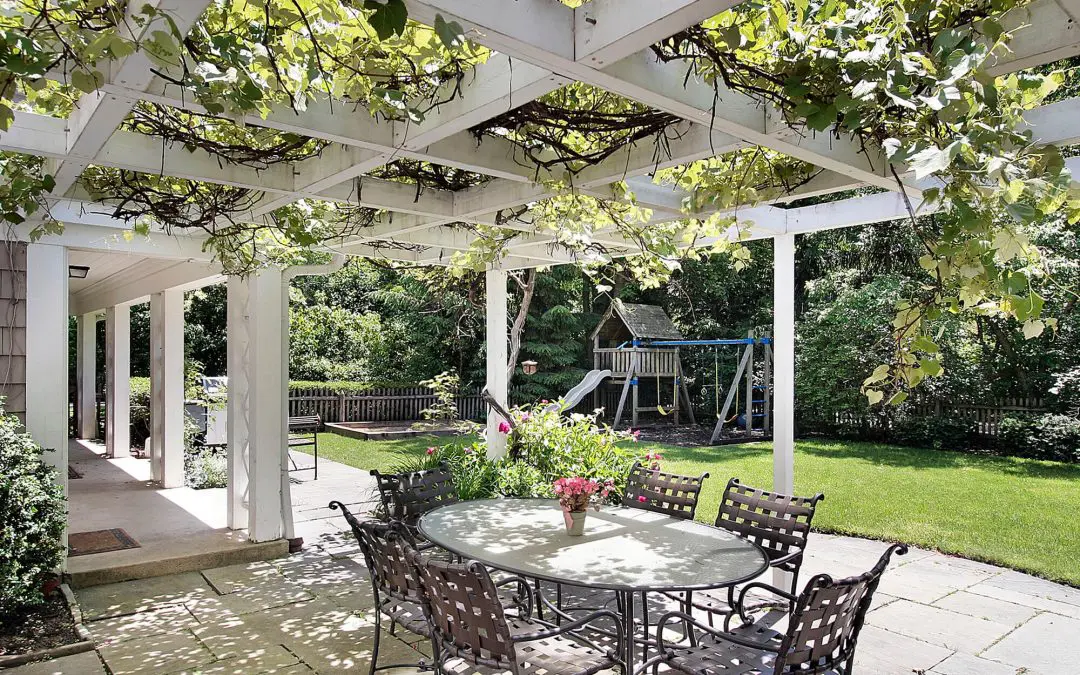Choosing the right patio materials makes a big difference in how much time and effort you spend on outdoor upkeep. For busy homeowners, the goal is simple: find something that looks good, lasts a long time, and doesn’t demand constant cleaning or repairs. The good news is, there are several patio materials that check all those boxes.
Durability, weather resistance, and ease of care are key when narrowing down your options. Some materials naturally resist stains and fading. Others hold up better in extreme temperatures or heavy foot traffic. Knowing the pros and cons of each option helps you invest in something that works for your lifestyle—not the other way around.
Why Concrete Remains a Top Choice for Low-Maintenance Patio Materials
Concrete is one of the most popular low-maintenance patio materials for a reason. It’s affordable, easy to install, and holds up well under pressure—literally. A smooth poured concrete slab gives you a clean, modern look that’s easy to sweep, hose off, and reseal every few years. For extra style, concrete can be stamped or stained to mimic stone or tile without the extra upkeep.
Cracking is possible over time, especially in areas with freeze-thaw cycles, but basic maintenance like sealing and occasional patching keeps it in good shape for years. If you want something budget-friendly that won’t demand weekend attention, concrete is a strong contender.
Why Pavers Are One of the Smartest Patio Materials to Choose
Concrete pavers are another excellent option for low-maintenance patios. These modular blocks come in a wide variety of shapes, colors, and finishes, so you can customize your patio layout with minimal hassle. They’re incredibly durable and resist cracking because the individual pieces have space to expand and contract with the seasons.
Pavers do need occasional sweeping to remove debris from the joints, and some homeowners opt to apply polymeric sand to prevent weeds and ants. Still, they’re much easier to repair than a solid surface—just pop out the damaged piece and replace it.
Natural Stone: Elegant, but Not Always Low Maintenance
Natural stone patios look beautiful and unique, but they don’t always make the best choice for those looking to avoid extra work. Some types, like bluestone and slate, are more durable and less porous than others. Most natural stone needs sealing to protect against stains, moss, and fading.
If you’re drawn to the look of natural stone but want something lower effort, consider manufactured alternatives that mimic the appearance while cutting down on care. You’ll get a similar aesthetic with fewer maintenance demands.
Gravel: The Easiest of All Patio Materials to Install
Gravel is often overlooked, but it’s one of the easiest patio materials to install and maintain. It allows water to drain naturally, doesn’t crack, and can be topped off or reshaped as needed. If a stone comes loose or sinks a bit, just rake it back into place.
That said, gravel isn’t ideal for every setting. It scatters easily, and most people don’t like walking barefoot on it. Still, for homeowners who want something simple and fast, it’s hard to beat the low commitment of a gravel patio.
Composite Decking as a Patio Surface Alternative
Technically a decking product, composite boards can be used at ground level as a patio alternative. Made from a mix of recycled plastic and wood fibers, composite decking resists rot, insects, and fading. It never needs to be stained or sealed and can be cleaned with soap and water.
This material tends to cost more upfront, but the savings in time and maintenance add up quickly. If you want the look of wood without the usual upkeep, composite is a strong low-maintenance choice.
FAQs
What’s the easiest patio material to maintain long-term?
Concrete and pavers are two of the most practical low-maintenance options. They’re durable, easy to clean, and don’t need constant attention. Gravel is also low effort, though it’s a bit more casual in appearance.
Do I need to seal my patio every year?
That depends on the material. Concrete may need sealing every few years, especially if it’s stained or stamped. Pavers benefit from occasional sealing, but it’s not always necessary. Gravel and composite decking usually don’t require sealing at all.
Which patio materials are best for areas with harsh winters?
Concrete pavers work well in cold climates because they can flex with the freeze-thaw cycle. Avoid untreated natural stone, which can crack. Sealed concrete also holds up fairly well, as long as it’s properly maintained.
Can I mix patio materials to get the best of both worlds?
Yes. Many homeowners combine materials to balance function and style—for example, using concrete as the main surface with a border of pavers or stone. Just make sure the transition is smooth and the materials are compatible.
What’s the most affordable low-maintenance option?
Standard poured concrete usually costs less than other materials while still offering a clean, functional space. Gravel is even cheaper, especially for smaller or secondary patio areas.
HomeVantage Home Inspections provides home inspections in Northern New Jersey. Contact us to request our services.

